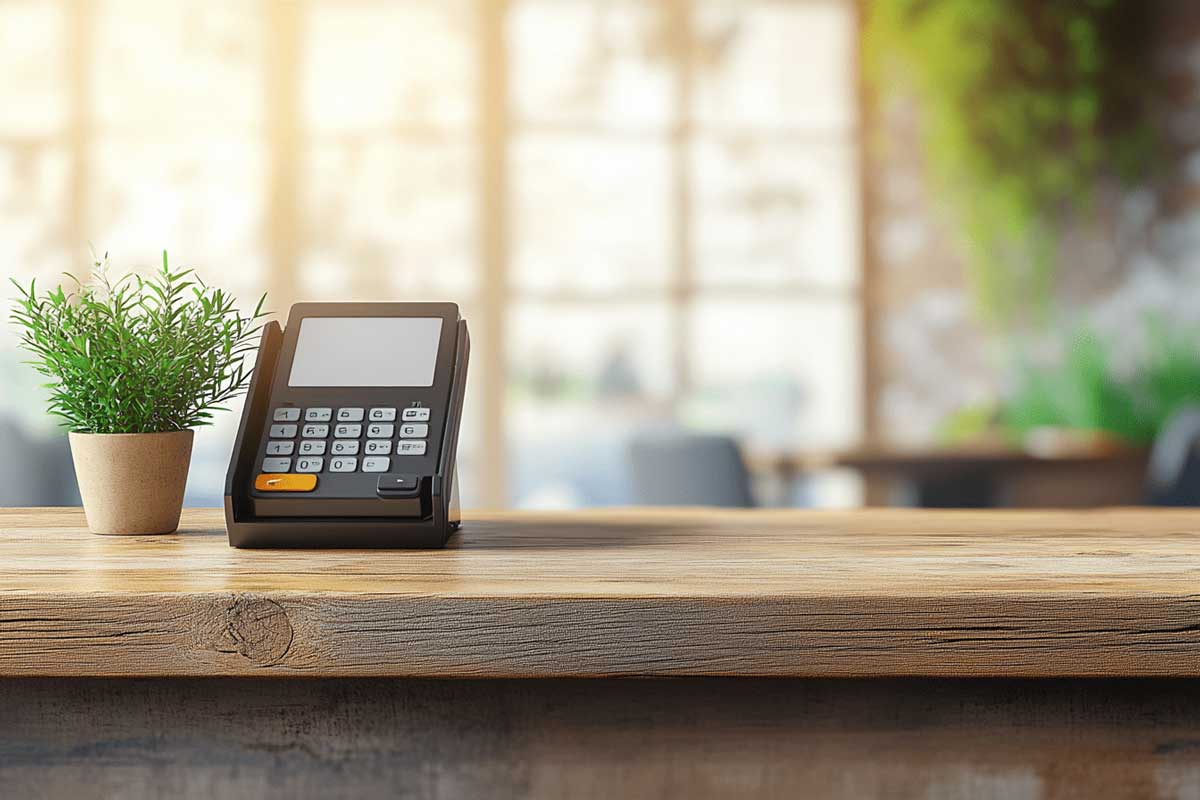High-risk merchant account holders operate under unique constraints—stringent compliance requirements, elevated fraud risk, and limited processing options. A standard POS system like those used by traditional retailers may leave your business vulnerable to sudden account holds, elevated chargeback fees, or processing interruptions. That’s why understanding what to look for in a POS system specifically designed for a high risk merchant account is critical. You need more than just payment capture: you require features that safeguard your livelihood, ensure compliance, and keep cash flowing around the clock.
Specialized Fraud Detection and Risk Management
High-risk verticals demand real-time, intelligent fraud filters that go beyond standard AVS and CVV checks. Look for POS systems with machine learning or real-time risk scoring to identify suspicious activity before chargebacks occur. These tools can flag unusual patterns—like repeat declines or mismatched billing addresses—and quarantine risky transactions[1]. Effective fraud management is a cornerstone of what to look for in a POS system that supports high-risk merchant accounts.
Dynamic Transaction Routing and Multi-Gateway Support
Single-gateway setups can be a liability for high-risk merchants if a processor pauses their account. A reliable POS for a high risk merchant account should support routing transactions across multiple gateways or acquiring banks. This “payment orchestration” ensures sales are processed even if one gateway restricts certain verticals or card types[2]. Look for built-in routing rules and fallback logic that keep your business operational during interruptions.
PCI Compliance and Secure Card Data Handling
Handling sensitive payment data in-house increases your exposure as a high-risk merchant. Your POS should either offer hosted checkout options or tokenize card data to reduce PCI scope. Ideally, sensitive operations are handled off-site, with only tokens stored on managed servers. This minimizes audit burden and demonstrates to acquiring banks that you take security seriously—an essential characteristic of systems high-risk merchants should pursue[3].
Chargeback Alerting and Dispute Tool Integration
Chargebacks often escalate faster and cost more in high-risk verticals. A POS system designed for these merchants should include automated chargeback alerts and dispute management tools. These features help you identify chargebacks early, submit evidence efficiently, and reduce losses. The ability to integrate with third-party dispute platforms is a major point in assessing what to look for in a POS system.
Flexible Merchant Descriptor Configuration
Customers in high-risk sectors may not immediately recognize your business name, leading to unnecessary disputes. A robust POS system allows you to customize the statement descriptor—what appears on customer cards—and update it in real-time based on product or region. Consistency builds trust, and trust reduces confusion-driven chargebacks—making this feature critical for a successful high risk merchant account experience.
Compliant Reporting and Analytics
High-risk merchants face extra scrutiny, and your POS reporting may be reviewed by banks or regulators. Systems should offer comprehensive logging, including transaction audits, risk logs, and refund or dispute history[4]. They should also support custom export formats for compliance reporting. Detailed analytics demonstrate transparency and are a key indicator of POS platforms designed with high risk merchant account needs in mind.
Core Integration Features
API Access for Custom Workflows
An open API allows integration with your CRM, ERP, subscription tools, and chargeback platforms. This flexibility helps automate tasks and ensures smooth operations across systems.
Mobile and Remote Authorizations
Whether at a pop-up or remote location, your POS needs to support mobile authentication and EMV transactions. POS mobility is essential for many high-risk verticals operating outside of fixed storefronts.
Subscription and Recurring Billing Support
Frequent in high-risk verticals, recurring billing needs secure tokenized storage and retry logic. A POS system that natively supports these workflows is essential.
Multi-Currency and Global Footprint
High-risk businesses often sell cross-border. Integrated currency conversion, localized payment methods, and international PCI routes are essential for global scale.
Backup Data and Audit Trails
Unexpected shutdowns are common in high-risk processing. Your POS should perform automatic backups and generate activity logs to support reconciliation and dispute resolution.
Real-Time Monitoring and Alerts
A top-tier POS system provides live dashboards with alerts for declines, chargebacks, exceptions, or fraud spikes—enabling you to take immediate action.
FAQ
Q: What should high-risk merchants look for in a POS system?
A: They need advanced fraud detection, dynamic routing, PCI compliance, chargeback alerts, descriptor flexibility, and compliance-grade reporting. These features help mitigate risk, reduce disruptions, and improve operational resilience in a high-risk merchant account.
Q: Can a standard POS system work for high-risk businesses?
A: Not safely. Basic POS systems lack the security features, multi-gateway support, and compliance tools required by high-risk merchants. Without specialized capabilities, businesses face a higher chance of account termination and financial loss[5].
Q: Is dynamic descriptor configuration really necessary?
A: Absolutely—it’s essential. For high-risk merchants, unfamiliar descriptors often trigger customer disputes. Being able to update descriptors by channel or product helps prevent these disputes and ties directly into chargeback avoidance.
Q: How does dynamic transaction routing help?
A: It ensures uninterrupted sales by automatically sending transactions to another gateway if one is down or blocking your vertical. This keeps your business sales live and protects against gateway-level disruptions.
Q: Do all high-risk POS systems offer PCI tokenization?
A: Not all, but they should. You need tokenization to prevent raw card data from entering your systems—a vital step for reducing PCI scope and payment risk. Ensure your POS provider explicitly includes it.
Q: What type of reporting features matter most?
A: Look for tools that log transaction history, dispute events, risk flags, and refunds—all exportable for audits. These records demonstrate compliance and help maintain provider trust and monitoring.
Conclusion
High-risk merchants deal with a more rigorous payments ecosystem—and your POS system choice must reflect that. Beyond basic payment capture, you need a solution with enhanced fraud prevention, routing resilience, compliance tools, and chargeback management. Understanding what to look for in a POS system when you’re operating under a high risk merchant account ensures long-term stability, security, and growth. Payment Nerds helps you evaluate and implement these systems, providing expert advice that safeguards your business and optimizes payment success—so you can focus on scaling, not shutdown alerts.
Sources
- PCI Security Standards Council. “Tokenization and POS Security Best Practices.” Accessed July 2025.
- Visa. “High-Risk Merchant Strong Customer Authentication Guidelines.” Accessed July 2025.
- Mastercard. “Guidelines for High-Risk Merchant Accounts.” Accessed July 2025.
- Forbes. “What Makes a POS System High Risk Ready?” Accessed July 2025.
- Merchant Maverick. “Best POS Systems for High-Risk Businesses.” Accessed July 2025.











